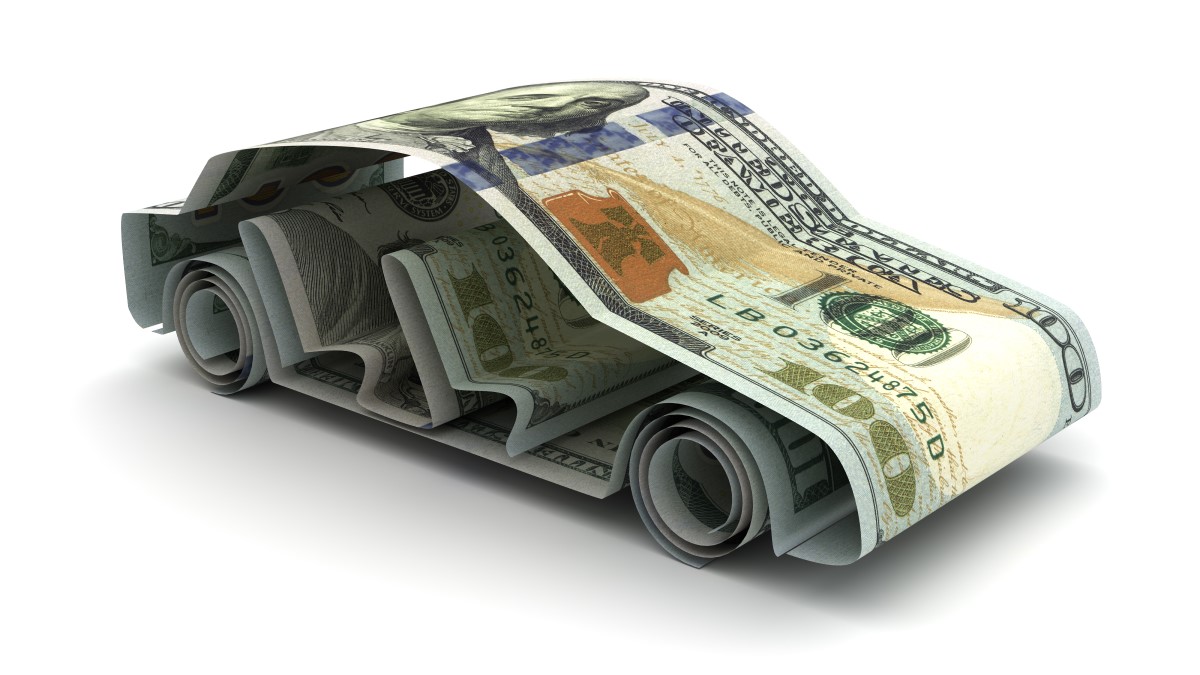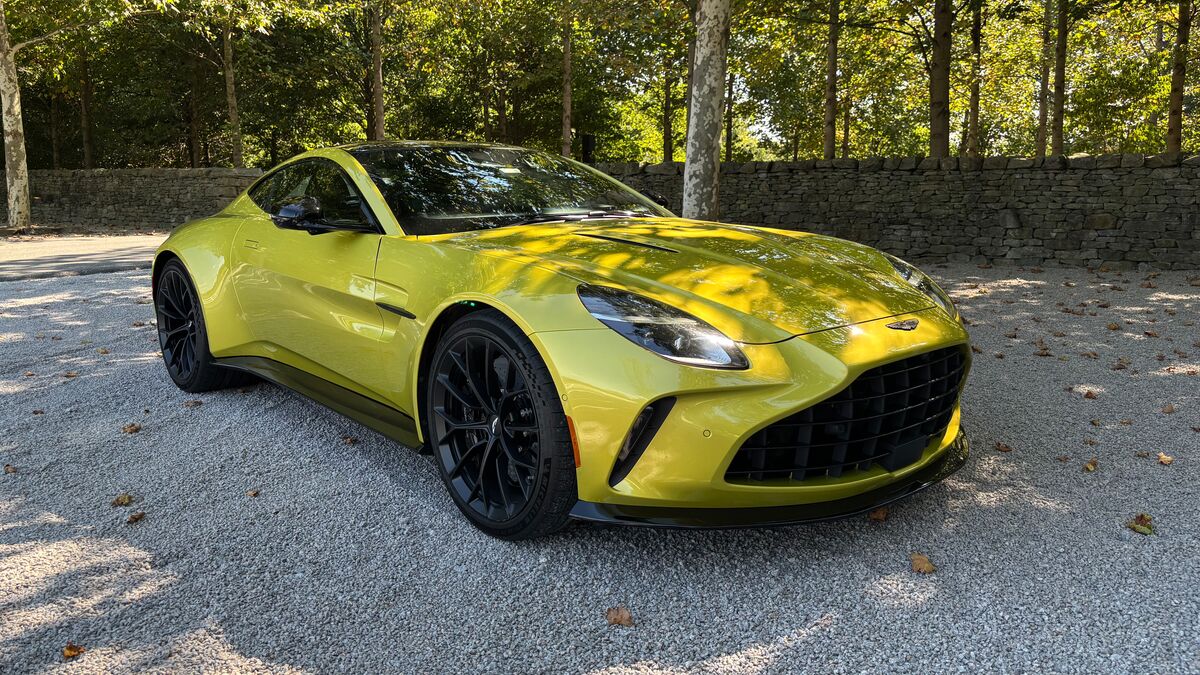It grew slightly harder for Americans to afford a new car in June.
The price of the average new car held steady last month. But affordability is about more than price.
The Cox Automotive/Moody’s Analytics Vehicle Affordability Index is one of the best measures of affordability. It measures how long the average earner would have to work to pay off the average car. Few of us can buy a new car with cash. A car is a major expense, and for most working Americans, that means borrowing and spending some of our working lives paying back a bank for our new car.
Cox Automotive owns Kelley Blue Book.
The index rose to 37.2 weeks, up from 37.1 in May. A tiny increase, but an increase nonetheless. This means that the cost of buying a car hasn’t returned to what many Americans might consider normal.
Affordability has mostly improved since the worst days of the COVID-19 pandemic. It routinely moved between 33 and 36 weeks for most of a decade until the pandemic hit. But it has now fallen from a peak of 44 weeks in December 2022.
Interest rates remain stubbornly high, increasing the cost of a new car for most buyers. Dealers can cut prices to try to entice buyers. But they pulled back on the incentives they offered in June, says Cox Automotive Chief Economist Jonathan Smoke. That may have had less to do with economic conditions and more to do with a ransomware attack that slowed business at many of the nation’s car dealerships.
“Dealers and manufacturers became less aggressive with pricing due to widespread software disruptions,” he explains.
The typical monthly payment increased by 0.6% to $756. The average monthly payment had previously peaked at $795 in December 2022.








